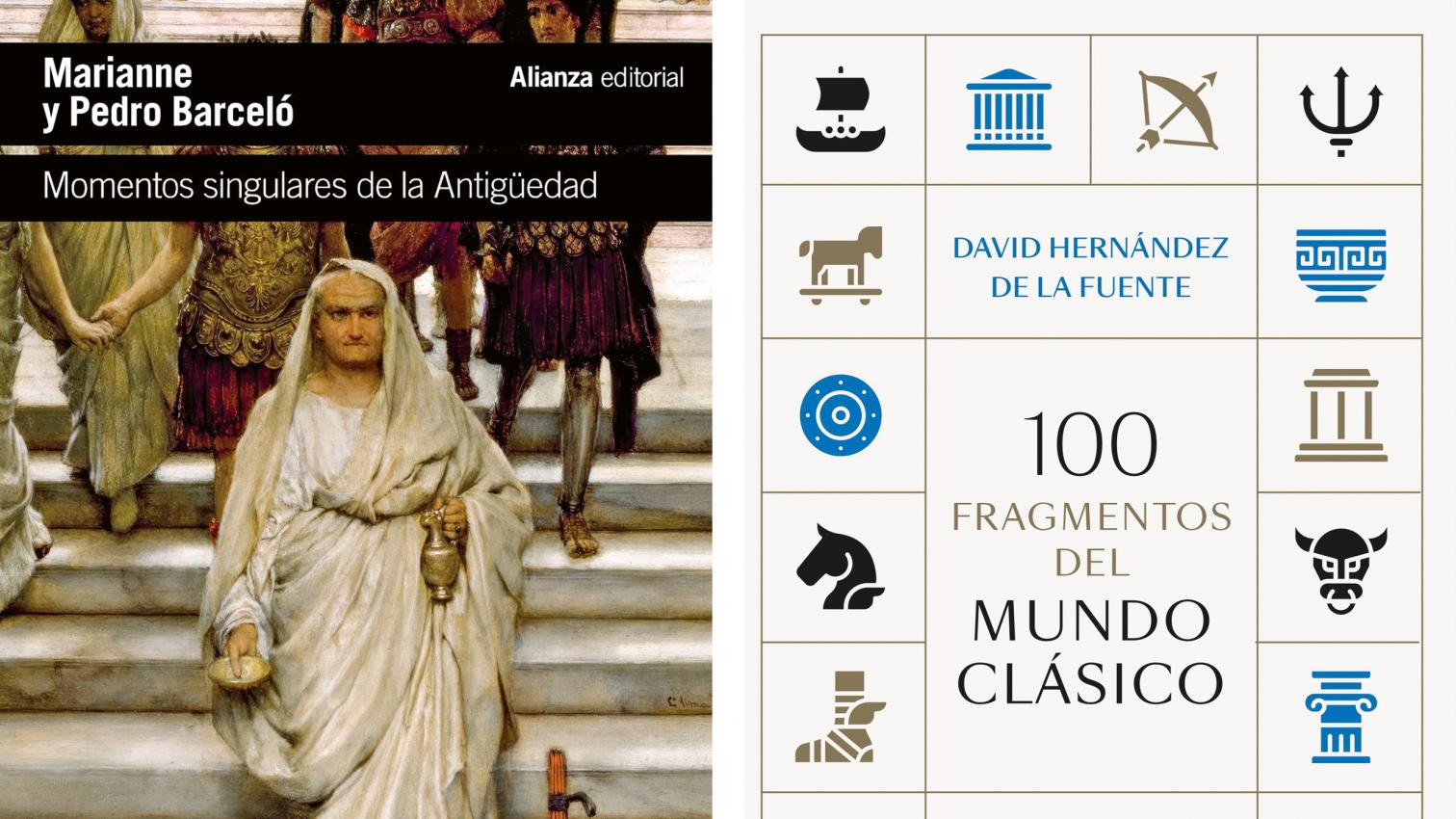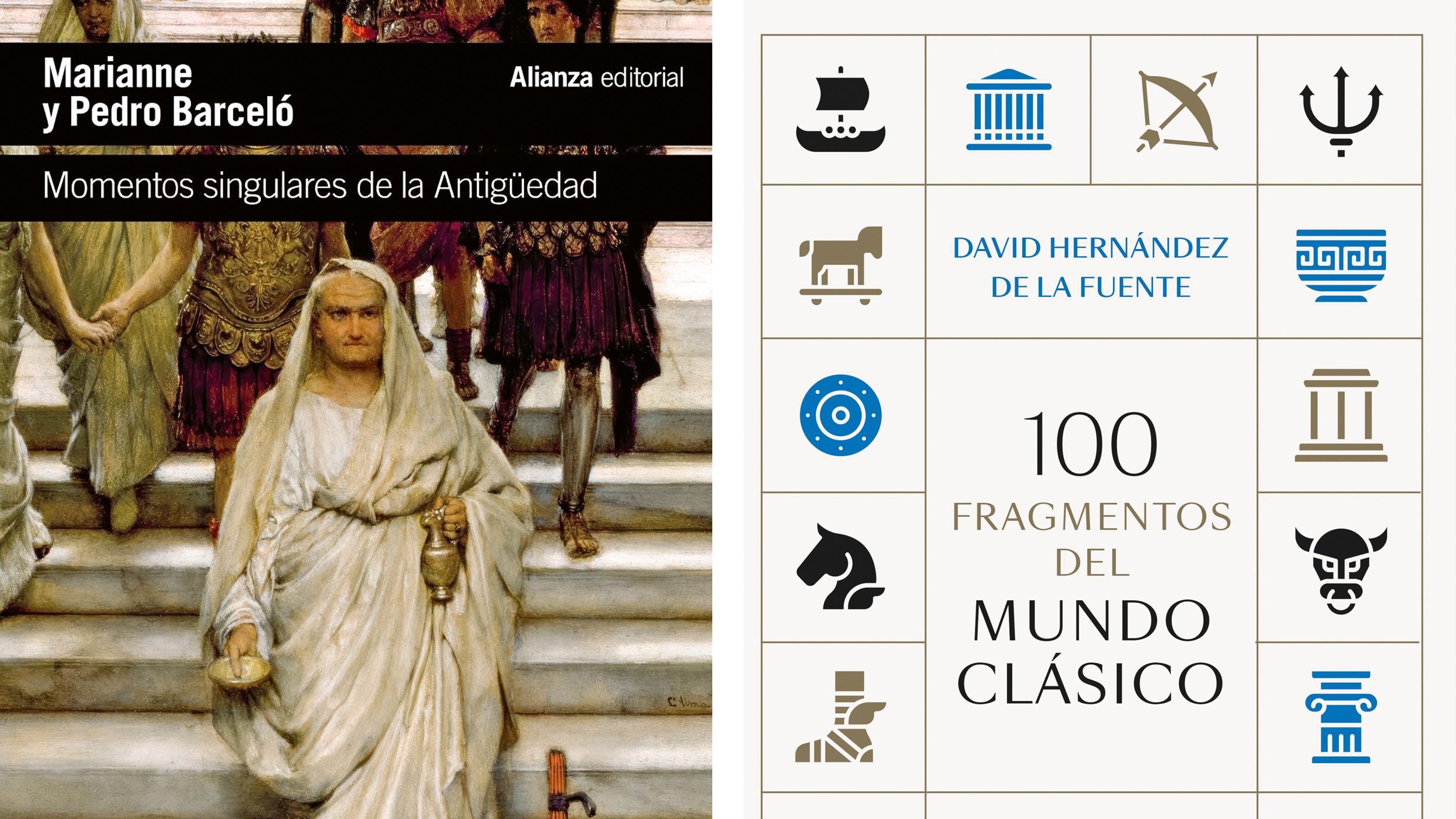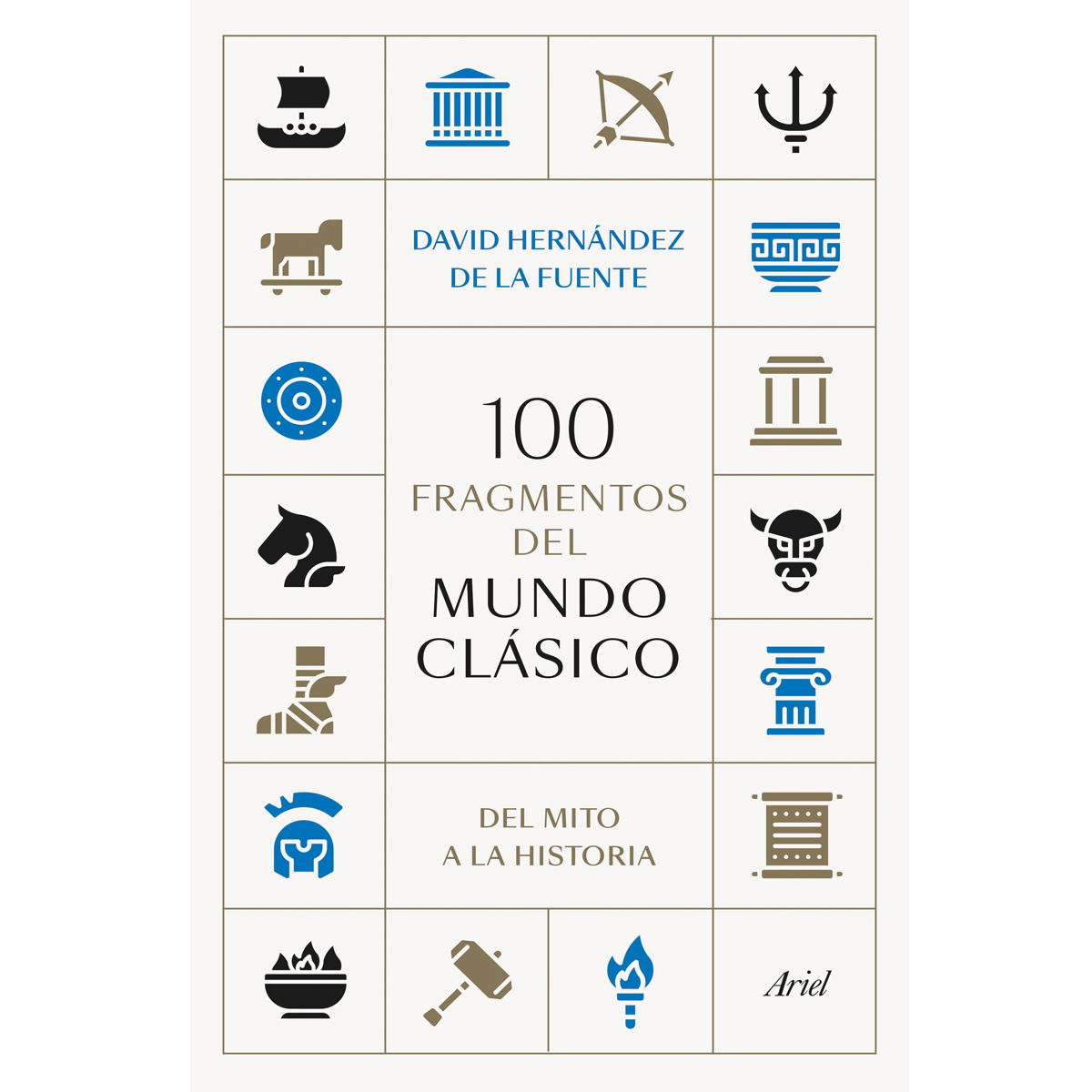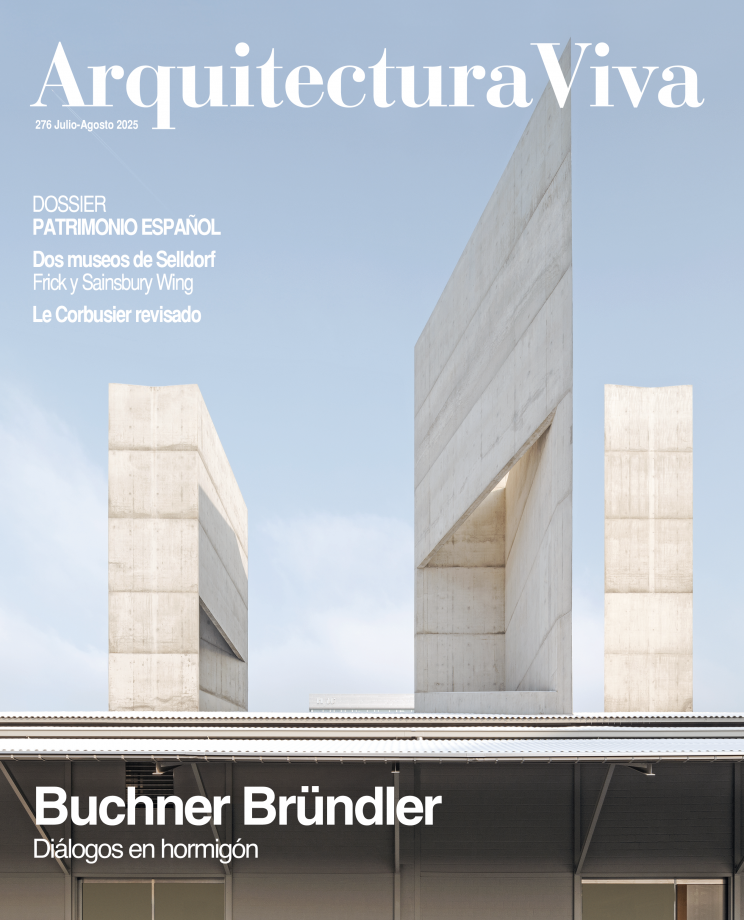
The ancient world nurtures us with histories and myths, and two recent books offer this spiritual food in easily digestible bites. David Hernández de la Fuente, professor of Greek philology at Madrid’s Complutense, whose Pequeña historia mítica de España was reviewed in Arquitectura Viva 268, now gives us 100 fragmentos del mundo clásico, which explores the passage from myth to history; and the Spanish-German historians Marianne Häuptle and Pedro Barceló, evoking Stefan Zweig’s classic, have published Momentos singulares de la Antigüedad, thirty-five “tragic, comic, and grotesque” episodes of Greco-Roman history which, distinguishing between truth and fiction, “try to separate the mythical, apocryphal, and legendary from the historical,” as De la Fuente says in the preface.
The Greek scholar’s hundred fragments are divided into three sections: fifty-five myths of history, stretching from Akhenaten in the 4th century BC to the restoration sects and the founding of the Mormons in the 1800s; four mythical septenaries that include seven cities, seven archaeological advances, seven rulers, and seven philosophies; and seventeen contemporary gazes at myths and the classical world, from the origins of Greek and Indian thought to David Bowie or the comics of superheroes. These hundred literary capsules, which facilitate episodic reading, show the author’s interest in differentiating History – and his narrative presided by logos – from stories, which build their discourse around mythos, so often used as a weapon of political propaganda. Hernández de la Fuente is keenly aware of the polarity, which already in classical times crystallized in the opposition between the creative, mythical model of Herodotus and the critical, rationalist vision of Thucydides, but shows a certain weakness for the legendary elements picked up by tradition and by the anecdotes and digressions of Herodotus, because in the end, both history and myth are mixed up in memory. His miniatures then offer a panorama where the pieces coming from singular investigations are “tiles of a great mosaic.”
As for the thirty-five episodes by the historians, they start with Homeric epics and reach the theological controversies in 5th-century Christian Constantinople. Between those two chronological extremes, the likes of Pericles, Lysistrata, Socrates, Alexander the Great, Archimedes, Cato, Messalina, Cladius, Nero, Agrippina, Zenobia, Diocletian, or Julian are joined by a long list of secondary figures in an extraordinary frieze of the Greco-Roman world. The book is a walk through what we call classical Antiquity, the conventional foundation of the humanities, from archaic Greece to the Byzantine Middle Ages, with a special effort to spice up the narrative through particular details and picturesque anecdotes, which include all that has been passed on by oral and popular tradition, thanks to which history and myth are inextricably bound in this collection of stories, too, because collective reminiscence is recognized as the cultural memory of humanity. Just as Zweig tried to capture stellar episodes of humankind in the fourteen sketches of Decisive Moments in History, the hundred fragments of Hernández de la Fuente and the thirty-five singular moments of the Barcelós offer pixeled portraits of the ‘young ancient world’ that makes it both familiar and fascinating.








